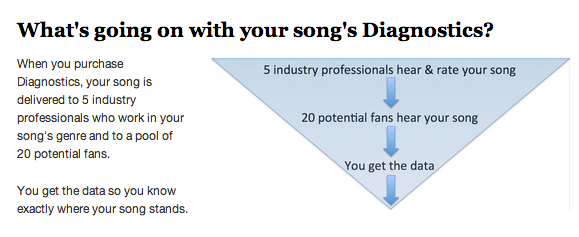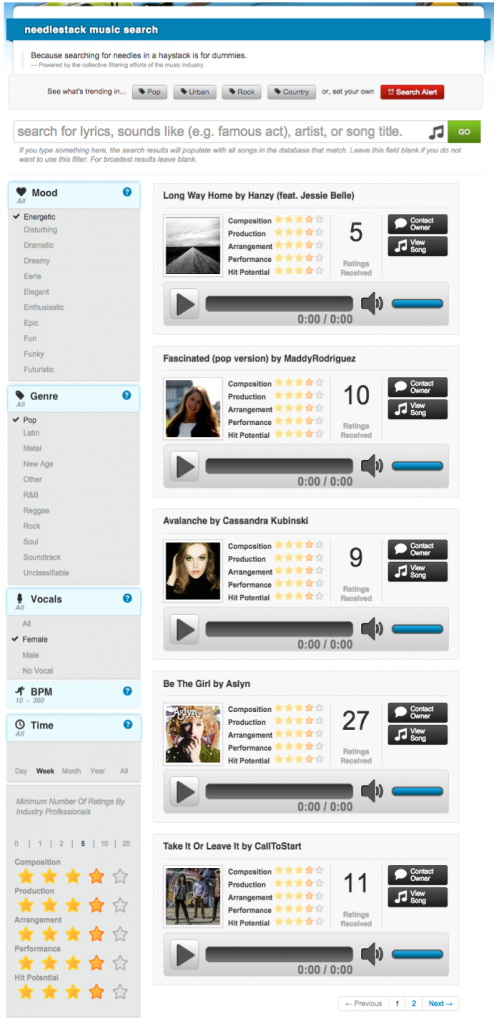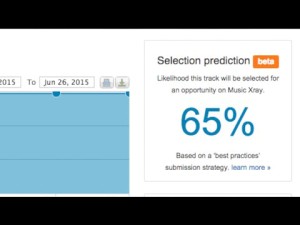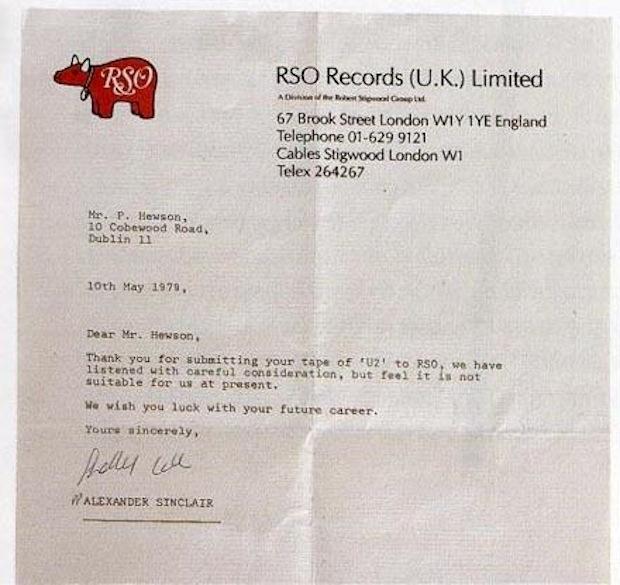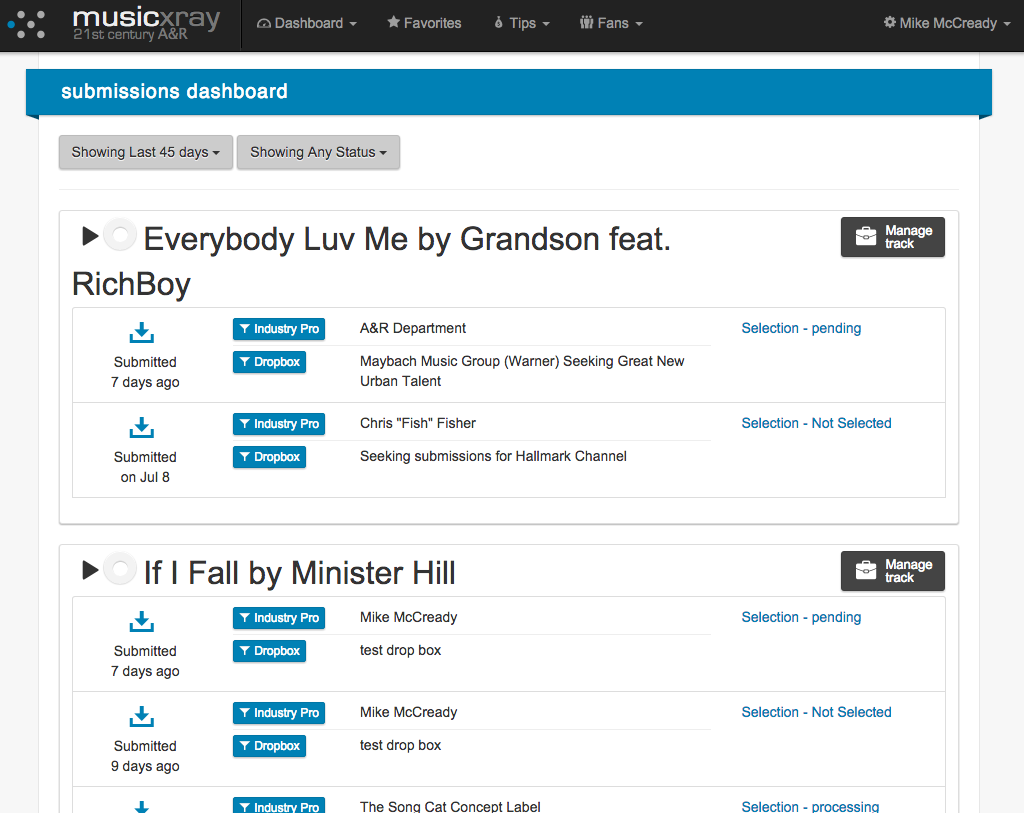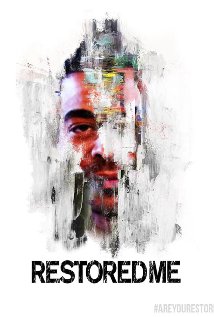The Importance of Cue Sheets: How You Get Paid
Music Industry Professional Guest Post from Pulse Records
Keeping track of all the music used in films and on television shows is a formidable task, but one that all P.R.O.’s (Performing Rights Organization) enthusiastically undertake to ensure its writers and publishers receive the royalties they are due. While each P.R.O. (U.S. and international) maintains vast computer databases logging the music registered by its publishers, composers, writers, etc., these databases cannot reflect all of the music used in new productions, nor can it guess how long music was used, how it was used or how many time it may have re-aired. Making sure all of the music used is amply compensated for is made feasible only by the use of cue sheets.
So what is a Cue Sheet? Cue sheets are entry logs that can be summarized as the written version of the music used in a production. When a show or movie is created, producers and their teams submit cue sheets to P.R.O.’s to track the use of music in films and TV. This can be done on a quarterly basis, semi-annually or even annually. Without cue sheets, it would be virtually impossible for composers and publishers to be compensated for their work. With upfront sync fees diminishing in respect to the compensation we saw in the 80’s, 90’s and even the early 00’s, it is vital that your royalties are being tracked, paid out on time and accurately. Therefore, your Metadata is paramount.
See a sample industry standard cue sheet here –> http://smarturl.it/PRCS
Who fills out a cue sheet? Completing a cue falls on the shoulders of the network staff, typically handled by a junior exec, junior admin or even interns. Beware: if they can’t readily find your information via metadata embedded in your master recordings or even online via P.R.O. databases or the ISWC database, they may just skip it or move along to another project with the intention to return to the daunting task of research. Things slip through the cracks and human error also factors into the equation no matter how righteous the intentions may be to accurately complete the cue sheet. However, never let anyone’s time crunch, lack of attention to detail or malaise for dreaded paperwork infringe upon your right to be accurately compensated. With the rise of independent producers and cable operations, the filing of accurate cue sheets has become even more crucial to tracking the use of music in film and television productions. These newcomers to the industry are sometimes unfamiliar with, or unaware of, the legal and professional responsibilities involved in using the music of composers and publishers whose rights are represented by performing rights societies.
Information includes:
- Series/Film Title
- Series/Film Title AKA
- Episode Title
- Episode Title AKA
- Episode Number
- Air Date
- Show Length
- Music Length
- Production Company Information
- Song/Cue Title
- Composer
- Publisher
- Performing rights society
- Timing
- Usage
- Key acronyms are: ISWC No., CAE No (s), Publisher CAE, ISRC etc.
- (Standard metadata)
Here are some helpful tips to ensure your cue sheets are completed as accurately as possible:
- Be upfront if you share publishing/writers when submitting or pitching; it helps editors and producers know what cuts and splits will come. If there is more than one composer for an individual piece of music, or if the writer and publisher split their royalties other than on a 50/50 basis, this must also be indicated on the cue sheet, and these become important factors in P.R.O. payment calculations
- Have your information/metadata available via email when you and/or your representative submits music to editors and music supervisors. Being thorough is never unappreciated. Help producers do their work, which is to produce, don’t give them an additional task of tracking your information down.
- Checking in with networks/production companies to make sure that the cue sheets have been prepared and filed is good insurance for receiving accurate compensation for your compositions.
Pulse Records places and pitches music internationally. We want to ensure that you are educated, prepared and fully versed on how the industry works from the inside out. Since music royalty infrastructure and language are standardized from the US to overseas, if done correctly, royalties earned from licensing can pay your bills and the bills of future generations to come. Music is an asset, treat it as such and let it work for you. Although completing cue sheets are not the task of artists, publishers or admins, having your information organized, registered and accurate will greatly affect proper payment on your next royalty statement.
Learn more about Pulse Records and see their opportunities here: www.musicxray.com/profiles/5387



